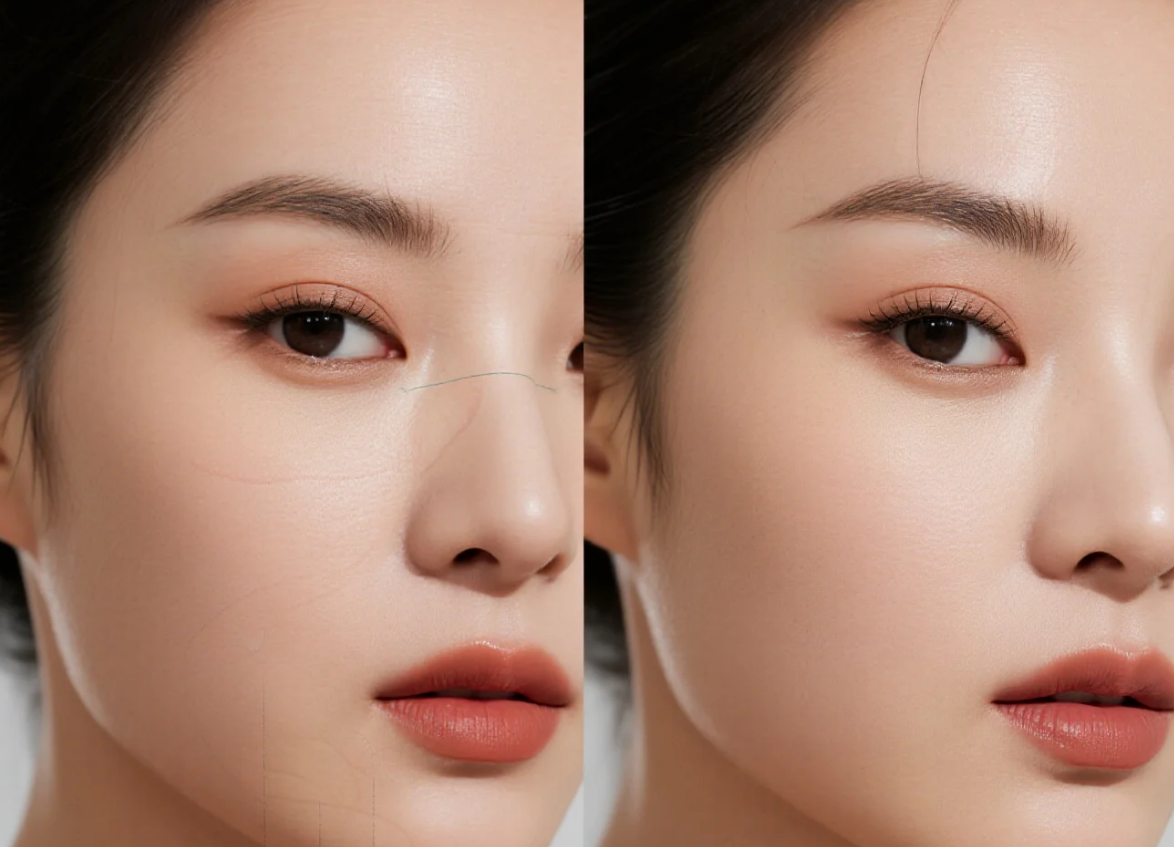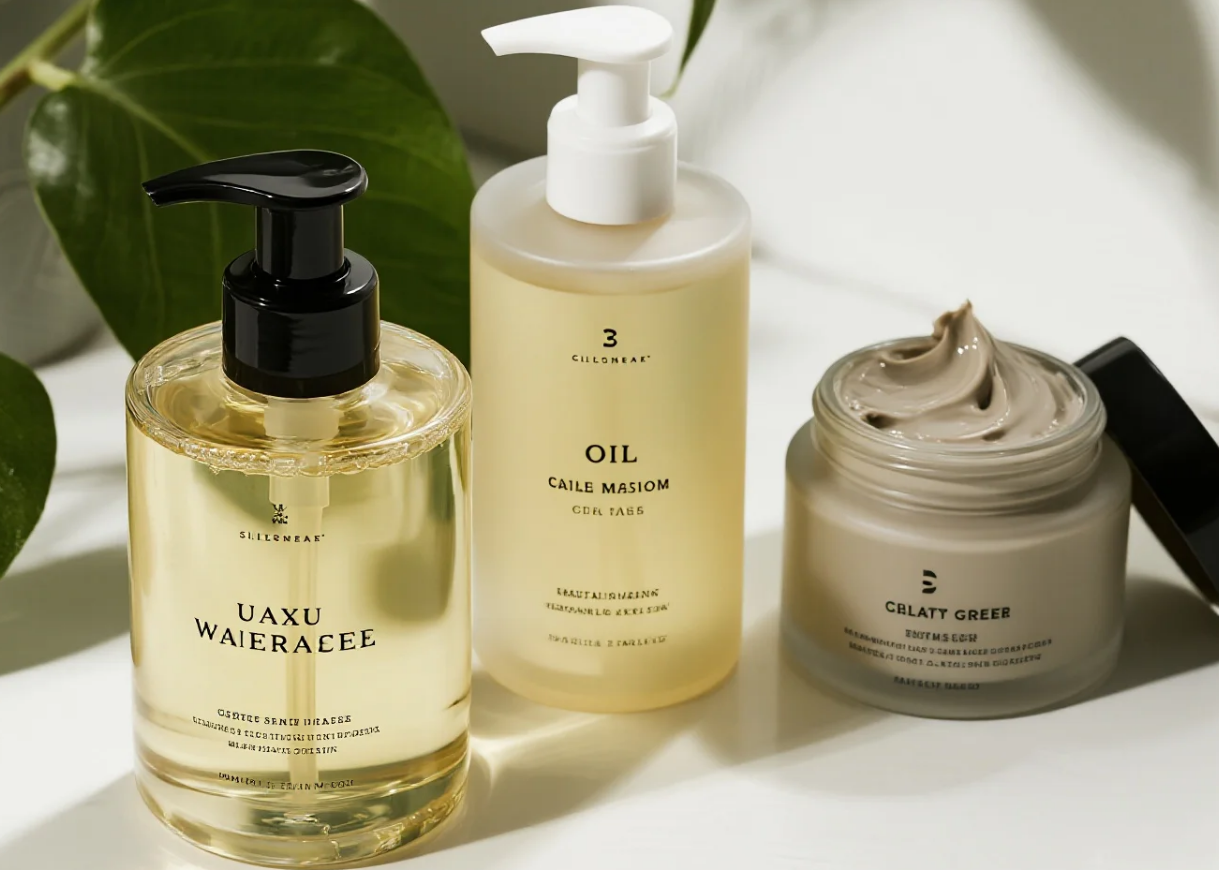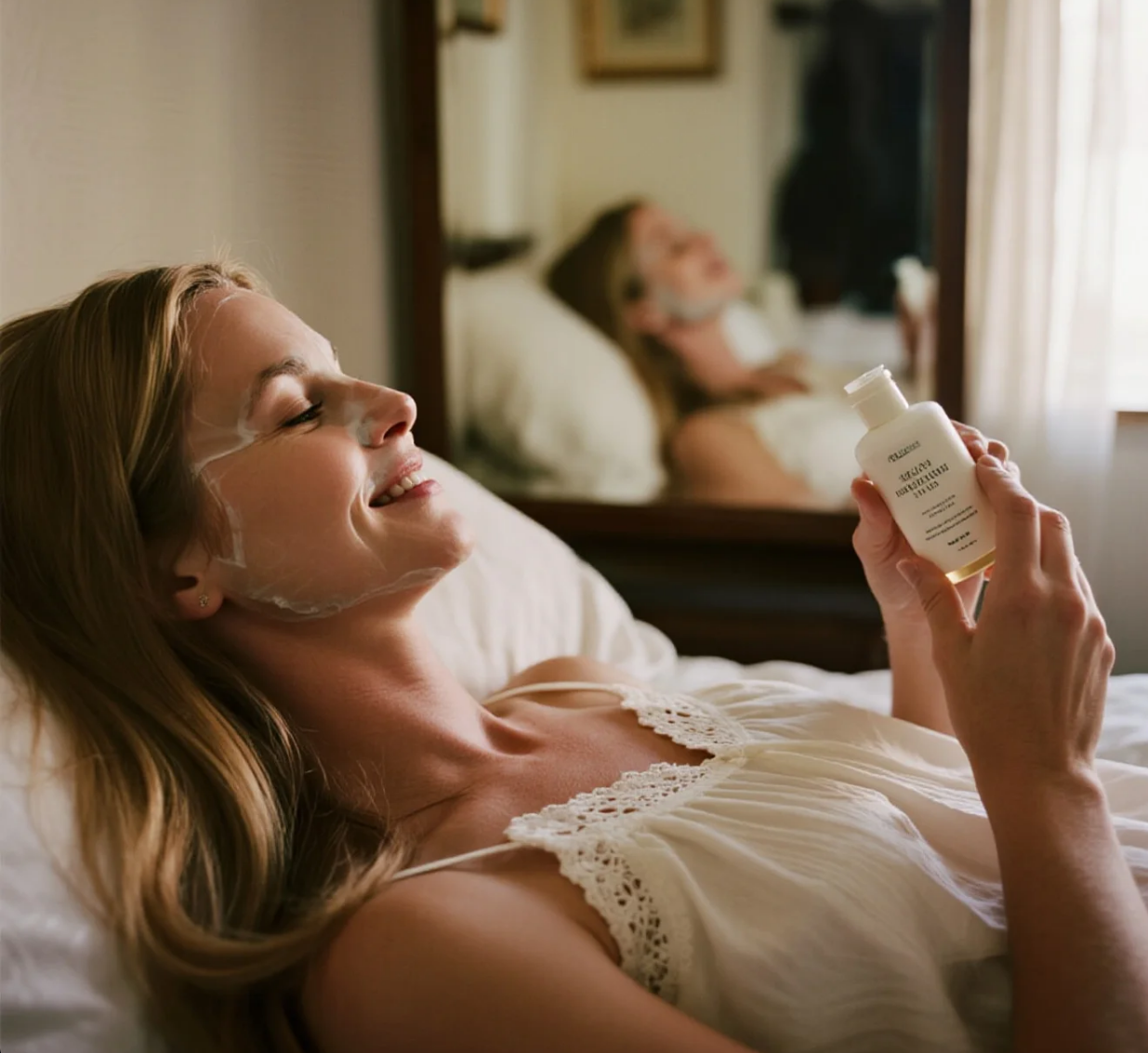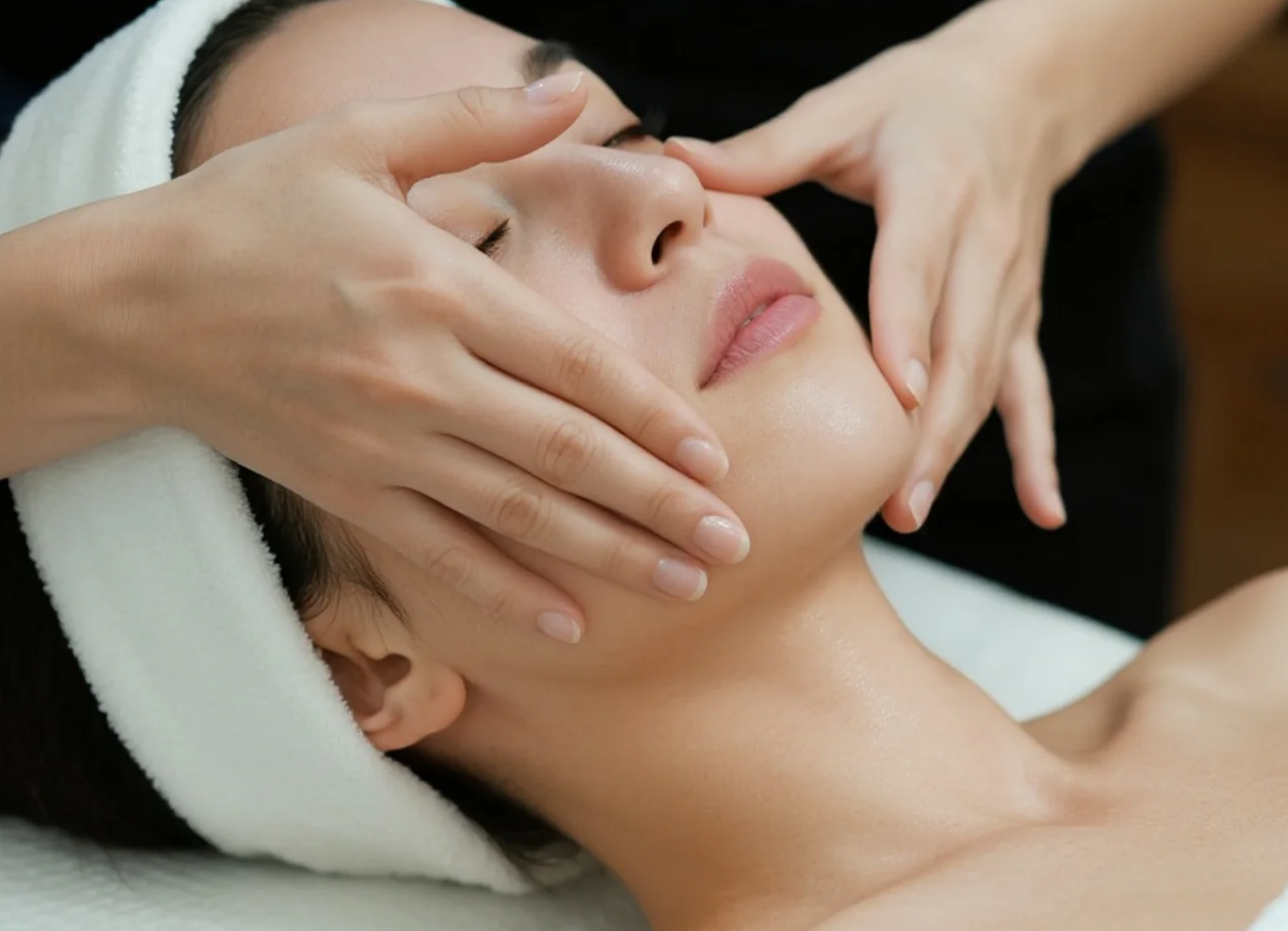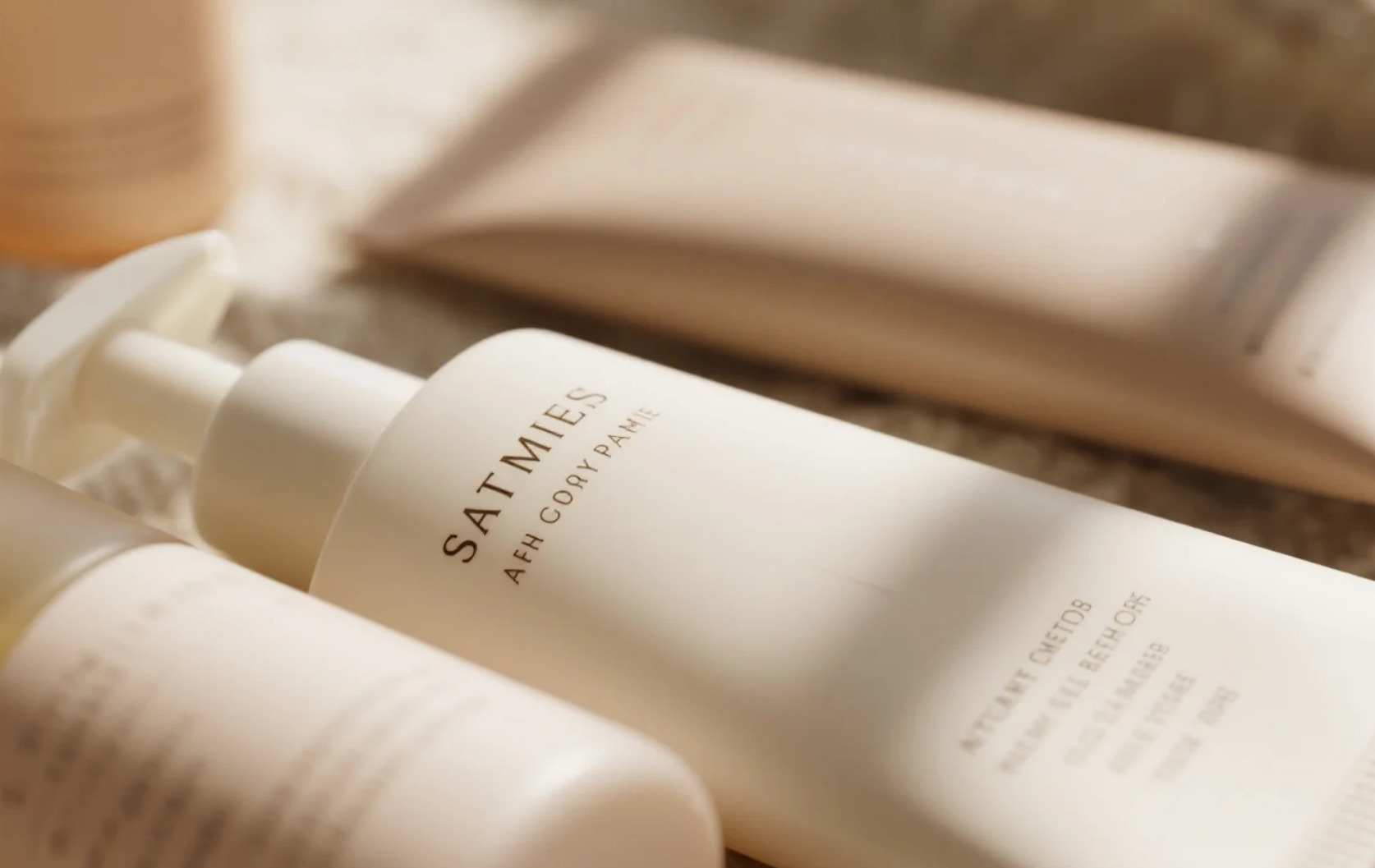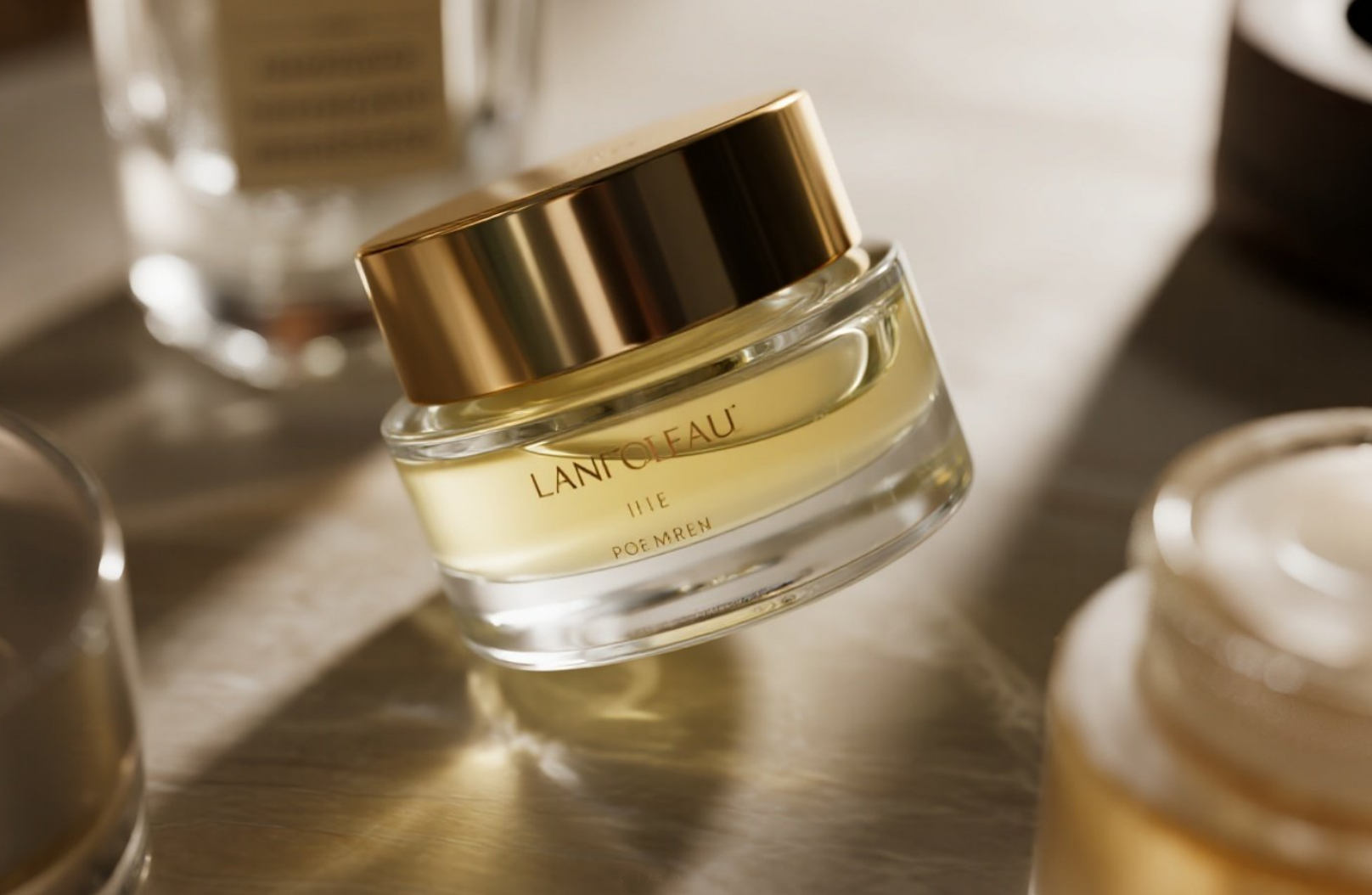Pore-Invisibility Technique: Detailed Details for a Perfect Base
In the pursuit of flawless skin, pores remain a persistent challenge for many beauty enthusiasts. Pores aren't simply enlarged or reduced in size; rather, they become visually noticeable due to a combination of physiological and environmental factors. They act as tiny "entrances" connecting hair follicles and sebaceous glands within the skin, maintaining oil secretion and respiration. Understanding the underlying mechanisms of pore visibility is crucial for achieving "pore-invisibility" and creating a flawless base. The visual appearance of enlarged pores is often due to overactive sebaceous glands producing excessive oil. The accumulated sebum within the pores mixes with shed keratin, dilating the pore openings and forming blackheads and whiteheads. Furthermore, the loss of collagen in the skin weakens the support around the pores, causing the pore walls to sag, making  Effective pore concealing isn't simply about heavy coverage or one-time "shrinking"; it requires a combination of scientific skincare principles and precise makeup techniques. First and foremost, keeping pores clean is crucial. The skin excretes dead skin cells daily. If not thoroughly cleansed, dead skin cells and oil accumulate, clogging pores and causing them to appear enlarged. Double cleansing, by first using a cleansing oil to dissolve makeup and oil, followed by a gentle cleanser to remove any remaining dirt, can help keep pores unclogged to the maximum extent possible. Gentle exfoliation is also crucial. Salicylic acid, a fat-soluble ingredient, penetrates deep into pores, dissolving clogged materials and unclogging the pore environment, restoring smooth, refined pores. In contrast, excessive and frequent physical scrubbing can irritate the skin and damage the barrier, exacerbating oil secretion and abnormal dead skin cell accumulation, creating a vicious cycle.
Effective pore concealing isn't simply about heavy coverage or one-time "shrinking"; it requires a combination of scientific skincare principles and precise makeup techniques. First and foremost, keeping pores clean is crucial. The skin excretes dead skin cells daily. If not thoroughly cleansed, dead skin cells and oil accumulate, clogging pores and causing them to appear enlarged. Double cleansing, by first using a cleansing oil to dissolve makeup and oil, followed by a gentle cleanser to remove any remaining dirt, can help keep pores unclogged to the maximum extent possible. Gentle exfoliation is also crucial. Salicylic acid, a fat-soluble ingredient, penetrates deep into pores, dissolving clogged materials and unclogging the pore environment, restoring smooth, refined pores. In contrast, excessive and frequent physical scrubbing can irritate the skin and damage the barrier, exacerbating oil secretion and abnormal dead skin cell accumulation, creating a vicious cycle.
When it comes to skincare ingredients, niacinamide is a star ingredient for its multifaceted benefits: oil control, anti-inflammatory properties, and promoting collagen synthesis. It regulates sebum secretion, reduces shine, strengthens the skin barrier, and tightens and smoothes the skin around pores. Retinoic acid and its derivatives accelerate cell metabolism and promote collagen regeneration, effectively improving pore laxity caused by aging. They are recommended by many dermatologists as a top ingredient. However, it's important to note that tretinoin may cause dryness and flaking initially, and requires strict sun protection and gradual application. Peptides also stimulate collagen production, improving skin elasticity and indirectly minimizing the appearance of pores. Antioxidants such as vitamins C and E protect against environmental free radical damage, slow aging, and maintain skin's structural integrity. They are also effective adjuncts in maintaining pore firmness.
After laying a good foundation in daily skincare, the selection and application of a primer becomes crucial for concealing pores under makeup. Mainstream primers often use silicone-based ingredients, particularly dimethicone, which form a smooth film on the skin's surface, physically filling in pores and creating a silky, even-toned skin texture. This soft-focus effect evenly diffuses light, blurring the boundaries of pores and creating a visual illusion of invisible skin. For oily skin, choosing a matte, oil-control primer not only effectively reduces shine but also prolongs the wear of makeup, preventing blotchiness caused by oil secretion. Dry skin is best suited to a primer that combines hydration with a soft-focus effect to avoid overly drying or cakey makeup. Primer should be applied sparingly, focusing on areas with visible pores to avoid a heavy, cakey, or artificial look.
The choice of liquid foundation also influences the final appearance of pores. A light, fluid liquid foundation helps penetrate deep into the edges of pores, preventing buildup and accentuating the appearance of pores. Cream or stick-based foundations, while offering high coverage, can also easily cake, making pores appear more recessed and rough. Matte or semi-matte foundations are best suited for concealing pores due to their oil-controlling and soft-focus properties. While a highly reflective, dewy glow creates a healthy appearance, it can easily make pores appear more visible under strong sunlight. Therefore, many professional makeup artists recommend using a matte foundation for areas with larger pores, such as the T-zone, while using a natural-looking foundation for other areas to achieve a targeted effect. For skin prone to clogged pores, choosing non-comedogenic products is key to preventing subsequent problems.
Applying tools and techniques are also crucial. A damp beauty sponge can be used to evenly blend foundation onto the skin's surface, gently filling in pores rather than simply applying it and preventing product buildup. Using a flat-head foundation brush with circular or sweeping motions can polish skin texture and enhance the smoothness of the foundation. When applying foundation, use a "dab and press" technique to gently blend foundation into pores and avoid pulling on the skin and causing uneven application. The "sandwich foundation method" recommended by beauty experts—the layering technique of primer, foundation, and primer—can also enhance pore-filling and a soft-focus effect. However, the amount of foundation applied must be precisely controlled to avoid a heavy feeling. Patting foundation lightly along or against the direction of your pores helps the foundation blend better into the skin structure and further conceal pores.
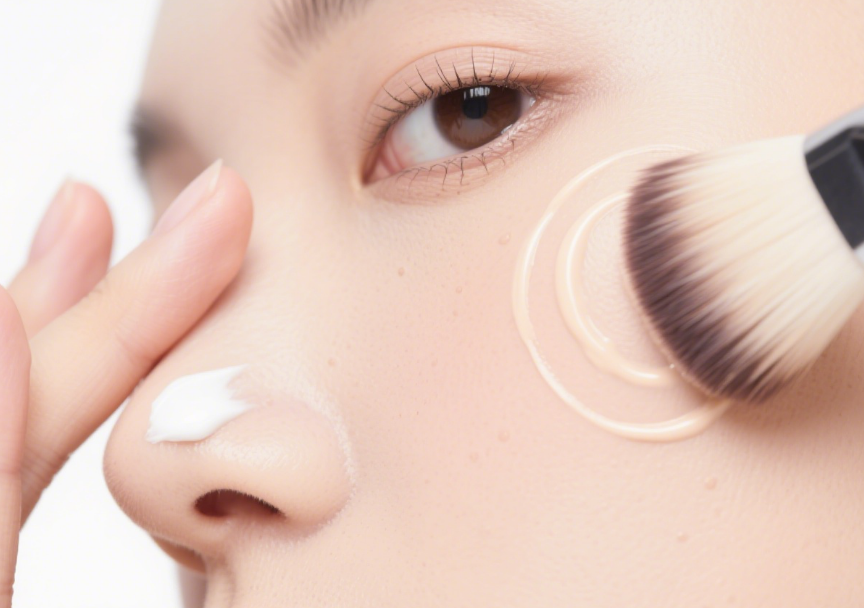 After applying foundation, setting is the final step to ensure long-lasting makeup and invisible pores. Choosing a fine, soft-focus loose powder is particularly important. Silica- or cornstarch-based loose powders absorb excess oil, reduce shine, and enhance a matte, smooth texture. Using the "baking method"—dip loose powder onto prominent pores with a damp beauty sponge and apply it generously. After a few minutes, sweep off any excess powder to significantly enhance pore-filling and oil-control effects. For daily use, use a large, fluffy brush to gently apply a thin layer of loose powder for a fresh, natural look. Setting sprays are a great tool for enhancing the blendability and longevity of foundation makeup, especially those containing oil-controlling ingredients or film-forming agents. These sprays can reduce powder buildup, making makeup appear smoother, softer, and less noticeable.
After applying foundation, setting is the final step to ensure long-lasting makeup and invisible pores. Choosing a fine, soft-focus loose powder is particularly important. Silica- or cornstarch-based loose powders absorb excess oil, reduce shine, and enhance a matte, smooth texture. Using the "baking method"—dip loose powder onto prominent pores with a damp beauty sponge and apply it generously. After a few minutes, sweep off any excess powder to significantly enhance pore-filling and oil-control effects. For daily use, use a large, fluffy brush to gently apply a thin layer of loose powder for a fresh, natural look. Setting sprays are a great tool for enhancing the blendability and longevity of foundation makeup, especially those containing oil-controlling ingredients or film-forming agents. These sprays can reduce powder buildup, making makeup appear smoother, softer, and less noticeable.
It's important to emphasize that pore-invisibility isn't simply a cosmetic cover-up; it's based on a deep understanding of skin science and a scientific skincare approach. Only through systematic cleansing, effective skincare, precise makeup application, and long-lasting setting can one achieve a naturally delicate, soft-focus, and invisible skin texture. The health of the skin behind your makeup is the fundamental guarantee for maintaining a beautiful foundation over the long term. In the future, with technological advancements, smart skincare and personalized customization will open up even more possibilities for pore management. These include targeted product selection guided by genetic testing, AI-powered skin analysis recommendations, and the continuous optimization of minimally invasive aesthetic technologies, helping everyone achieve their ideal skin.
In short, pore-invisibility is a collaborative art form between skincare and makeup, involving a comprehensive approach to scientific understanding, the appropriate application of skincare ingredients, makeup preparation, foundation selection, and application techniques. Through precise control of these details, pores no longer appear as flaws, but become part of the skin's texture, achieving visually flawless results. Beauty begins in the details, and pore-invisibility technology is the secret weapon for creating a flawless base makeup.




